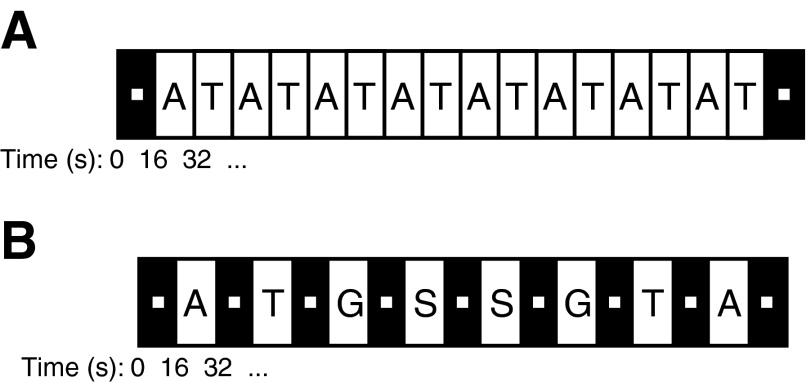Fig. 1.
Schematics of the experimental design for the tool-animal localizer and the main experiment. In the tool-animal localizer (A), subjects passively viewed images of tools (T; e.g., saw, scissors, pizza cutter) and animals (A; e.g., dog, giraffe, polar bear) presented in alternating 16-s blocks. The analysis of this data set is presented in Fig. 2 and used to define a tool-specific functional region of interest (ROI) in the left anterior intraparietal sulcus (IPS) referred to as tAIPS. In the main experiment (B), subjects performed a fixation dimming detection task while images of tools, animals, graspable (non-tool) objects (G; e.g., belt, wallet, candle), and scrambled objects (S) were presented in 16-s blocks, interleaved with fixation-only blocks. The response profile across the 4 stimulus categories was analyzed for a series of functionally defined ROIs, presented in Figs. 3–6. Images in both experiments were realistic photo objects.

